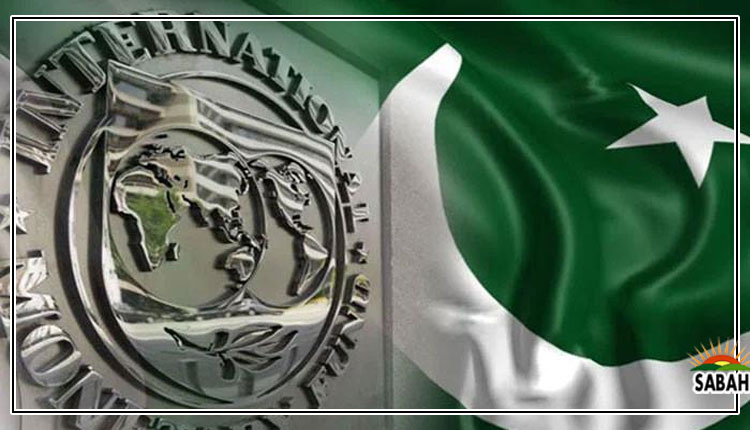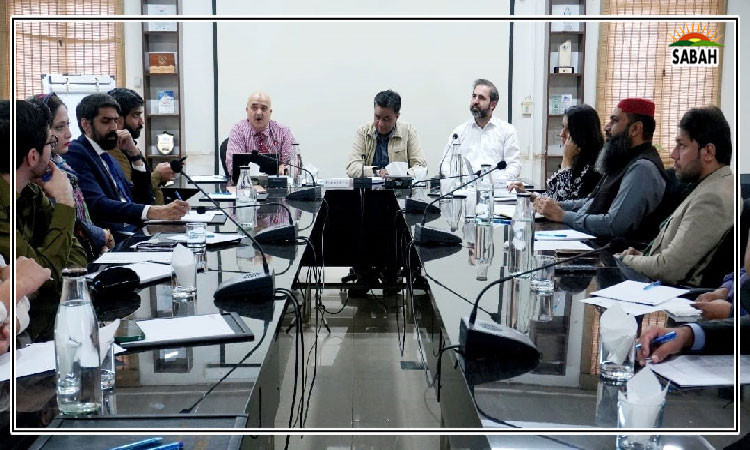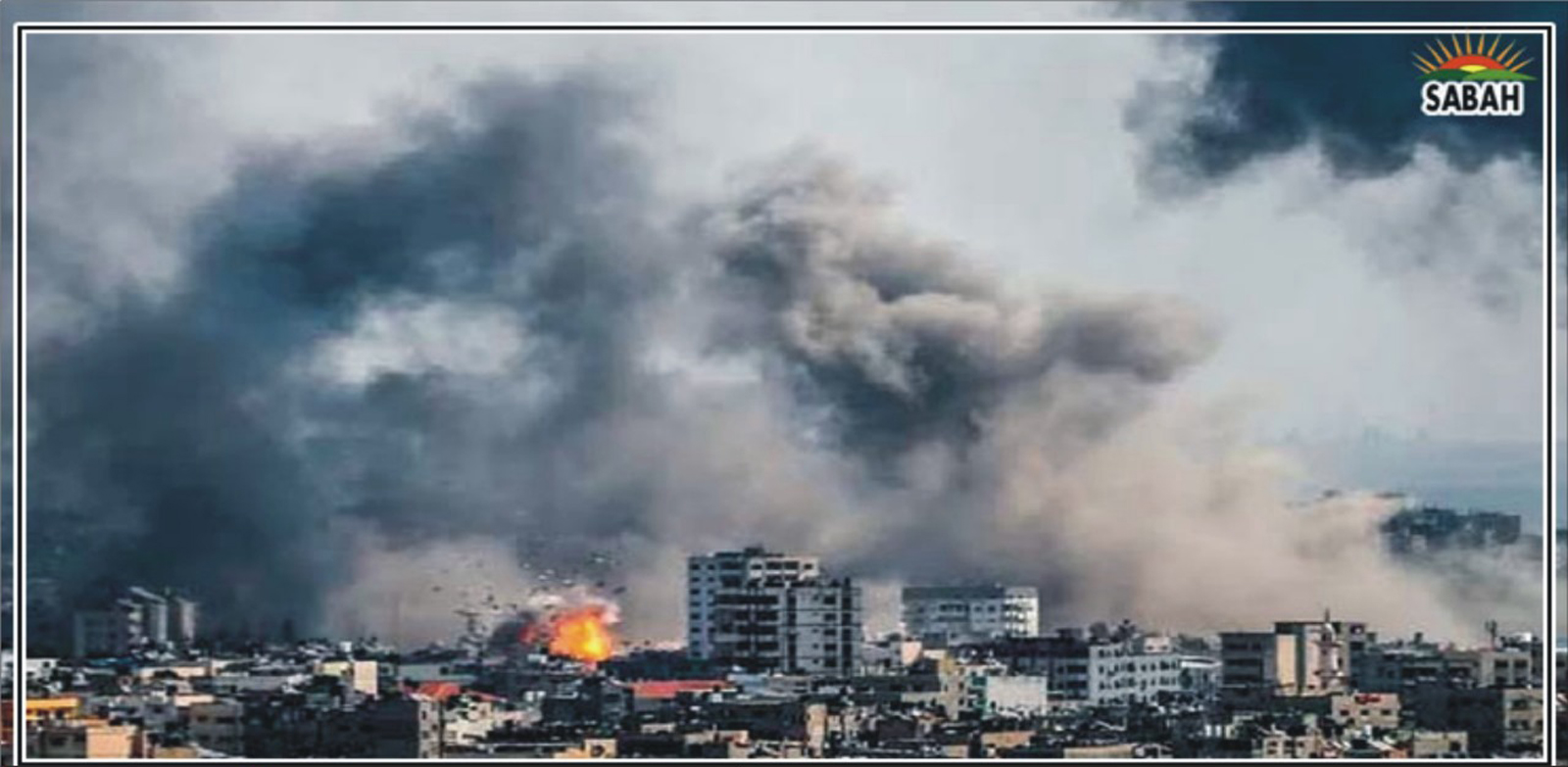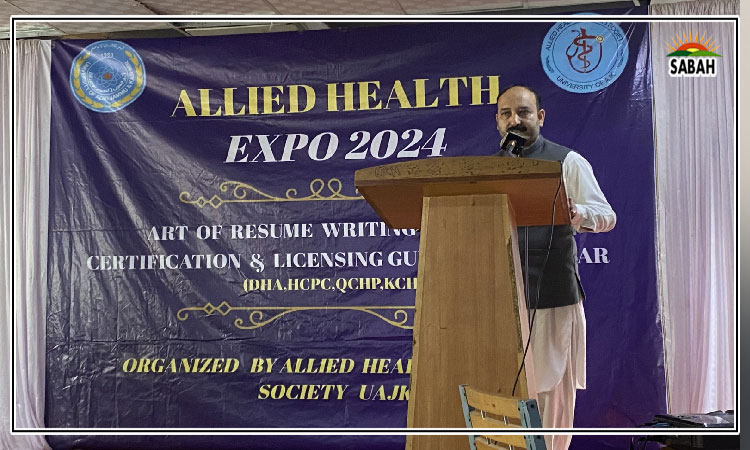Why this haze?….. Awais Anwer Khawaja
Most parts of Pakistan, particularly central Punjab, are currently in the grip of smog these days. Schools and offices in Lahore are observing restricted working days.
PM2.5 and PM10 values are the two key indicators of the count of harmful particles that can enter the lungs of humans and animals. Eye infections are also caused by smog. Many factors including burning of rice residue by farmers is blamed for smog. However, during the first year of the Covid-19 pandemic, smog started receding despite the continuation of the burning practice by farmers. Smog, a combination of smoke and fog, is largely caused by the smoke emitted by the transport sector. Industrial activity also contributes to smog but per a study, 42 per cent of smog stems from the transport sector.
Smog was not so intense up until ten years back. What changed the climate so significantly in the last few years? The major reason behind this sudden surge in the smog level is an increase in use of diesel as a transport fuel due to natural gas shortages a problem that started 10 years ago.
Pakistan had the largest population of natural gas-run vehicles up until 2012. The shortfall of gas restricted the supply to the transport sector, resulting in the reduction of natural gas-run vehicles in Punjab. Natural gas supplies to the transport sector has been curtailed for the past few years in Punjab now. Natural gas has fewer emissions compared to petrol and diesel, and is regarded as the best transitionary fuel until the time when renewables become commercially viable.
A natural solution to the problem lies in exploring alternatives for the supply of natural gas to the transport sector. Punjab is abundant with livestock and agricultural produce. Bio-gas, a mixture of gases that is produced from raw materials such as agricultural waste, manure, food waste and green waste, is a viable alternative to fossil fuel-based natural gas.
Flare gas, an inflammable hydrocarbon gas which is disposed of by venting, flaring or safe burn, could also be an alternative of clean energy if put to effective utilization. Gas flaring otherwise contributes to climate change and impacts the environment through CO2 emissions, black carbon and other pollutants. It is estimated that each cubic metre of associated gas flared results in about 2.8 kilograms of CO2-equivalent emissions.
At current levels, global flaring is estimated to result in about 400 million tons of CO2-equivalent emissions annually. The resultant emissions combined with human activities cause more CO2 in the atmosphere than natural processes can absorb. According to a report by the US governments National Oceanic and Atmospheric Administration (NOAA), the ocean(s) has absorbed enough CO2 to lower its pH by 0.1 units, a 30 per cent increase in acidity, causing serious hazard to marine life. Also, excessive emissions of CO2 cause the temperature of atmosphere to rise. As a result, glaciers in the north of Pakistan melt and the water level of the Arabian Sea rises, which is a source of devastating floods.
On the positive side, flare gas can be put to an economic use if the right policy decisions are taken by the government. Flare gas and other unutilized sources of gas such as marginal/stranded gas, abandoned gas wells and low BTU gas present in Pakistan can augment the natural gas supplies by nearly 180 to 300 MMCFD. Developed countries, including China and the US, transport such sources of gas via high pressure cylinders manufactured on ISO 11120 and other matching standards. Ogra, the regulator of the mid and downstream natural gas sector of Pakistan, is not fully cognizant of the economic benefits that can be reaped by utilizing such sources of gas.
With the advanced gas processing technology available these days, the unutilized sources of gas can be effectively harnessed that will not only help in meeting the energy shortfall in the country but also save nearly $2 billion annually by off-setting imports of petroleum products. Ogra can become part of the solution by enacting the regulatory framework for utilizing various alternatives and unused sources of gas.
The World Bank-led Global Gas Flaring Reduction (GGFR) Partnership, is a multi-donor trust fund composed of governments, oil companies, and multilateral organizations committed to ending routine gas flaring at oil production sites across the world. Almost 18 countries are currently the member of the GGFR partnership, with Canada and Germany joining in 2023. The European Bank for Reconstruction and Development (EBRD) and the European Union are also members of the GGFR partnership. The GGFR has indicated many useful ways of utilizing the flare gas including usage and transportation of flare gas as a transport fuel via virtual pipelines. Pakistan is not a member of the partnership.
The federal government introduced the Flare Gas Utilization Guidelines in 2017. However, red-tapism, quintessential of Pakistans regulatory and government functioning, has almost rendered the guidelines useless. The utilization of flare and other untapped sources of gas is the most viable in the transport sector for various reasons.
Most gas fields are located in remote sites, and for all technical and economic reasons, it is most conducive to transport the gas via virtual pipeline to near-by refuelling facilities. Transporting gas via virtual pipelines in close proximity of the source site not only reduces the road risk but also offers many other benefits, for example opportunities of local employment, honing of skills, reduction of pollution, CSR activities and inclusion of local communities.
The goal of womens empowerment can also be achieved by utilizing flare gas in the transport sector on the same pattern as the Thar Engro coal power project that initially trained the women and employed them as drivers for coal hauling trucks. It is estimated that nearly 70,000 new job openings can be generated by effectively utilizing flare and other untapped sources of gas.
The federal government, regulatory bodies and private sector need to work together for the national cause. With an enabling environment in place, the hazy smog can dissipate from the skies of Pakistan.
The writer is a freelance contributor. He can be reached at: awais_anwer1@hotmail.com
Courtesy The News












